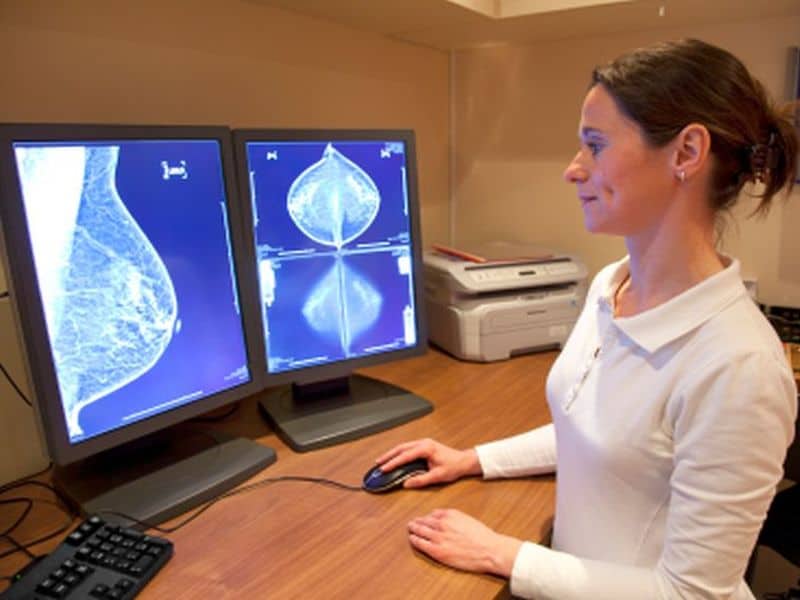Women diagnosed with breast cancer may benefit from having the molecular subtype of different cells within their tumors identified, argue two researchers in an opinion article published October 24 in the journal Trends in Cancer. While breast cancer is often treated as a whole, they discuss the growing consensus that cancer cells within a tumor can have multiple origins and respond variably to treatment. The authors advocate for the development of more accurate diagnostic tests to capture molecular irregularities between tumor cells.
“Breast tumors are moving targets because they are really versatile,” says Jun-Lin Guan, Francis Brunning Professor and Chair of the Department of Cancer at the University of Cincinnati College of Medicine and member of the Cincinnati Cancer Center and UC Cancer Institute, who co-authored the paper with postdoctoral fellow Syn Kok Yeo. “If you use a treatment that’s targeting one subtype, which kills one type of breast cancer, often the other kind will actually expand. That defeats the purpose of treatment.”
Related Articles
- Provider Advice Impacts Breast Cancer Prevention Decisions
- Overall Breast Cancer Incidence Up for Some in 2005-2014
- Guidelines for Managing Breast Cancer Survivors
- TILs Prognostic in Black Triple-Negative Breast Cancer Patients
Breast cancer cells differ by the types of molecular markers, some of which are found on their surface, which physicians can test to understand the characteristics of a patient’s cancer and devise the best treatment strategy. For example, women with the HER2+ breast cancer subtype generally have a poorer prognosis than those with the luminal A tumors because of how quickly the cells multiply. Often tumor samples are taken and screened for the most common markers present, but Guan and Yeo’s analysis of human and rodent studies raises the possibility that overlapping subtypes are being missed.


